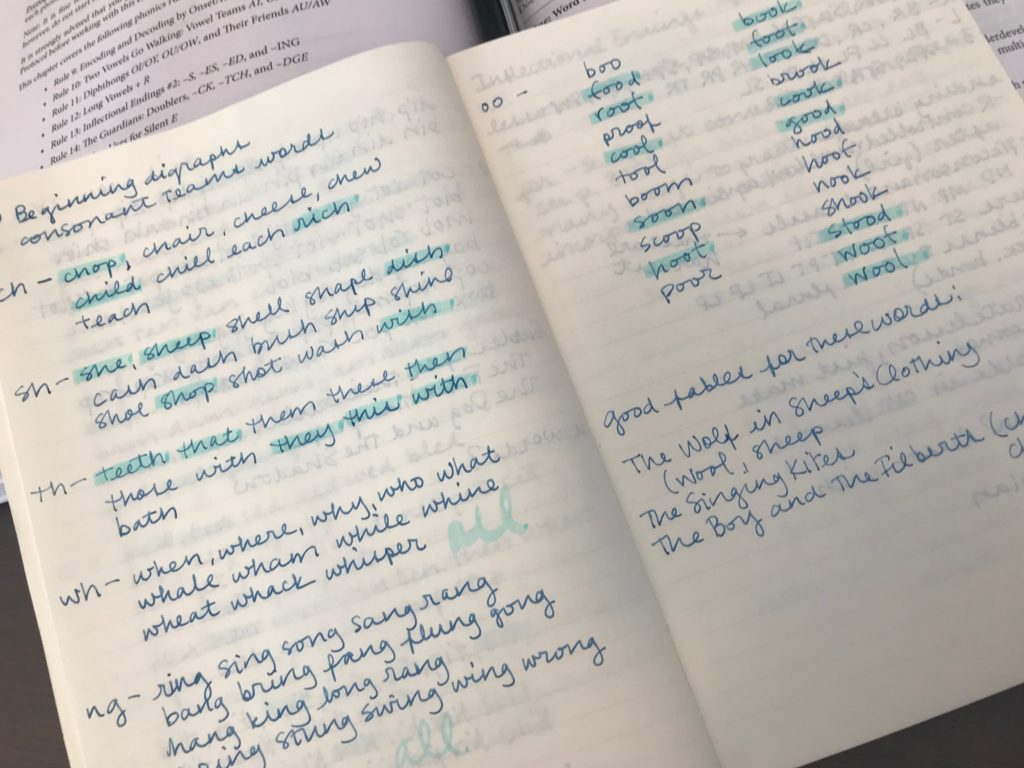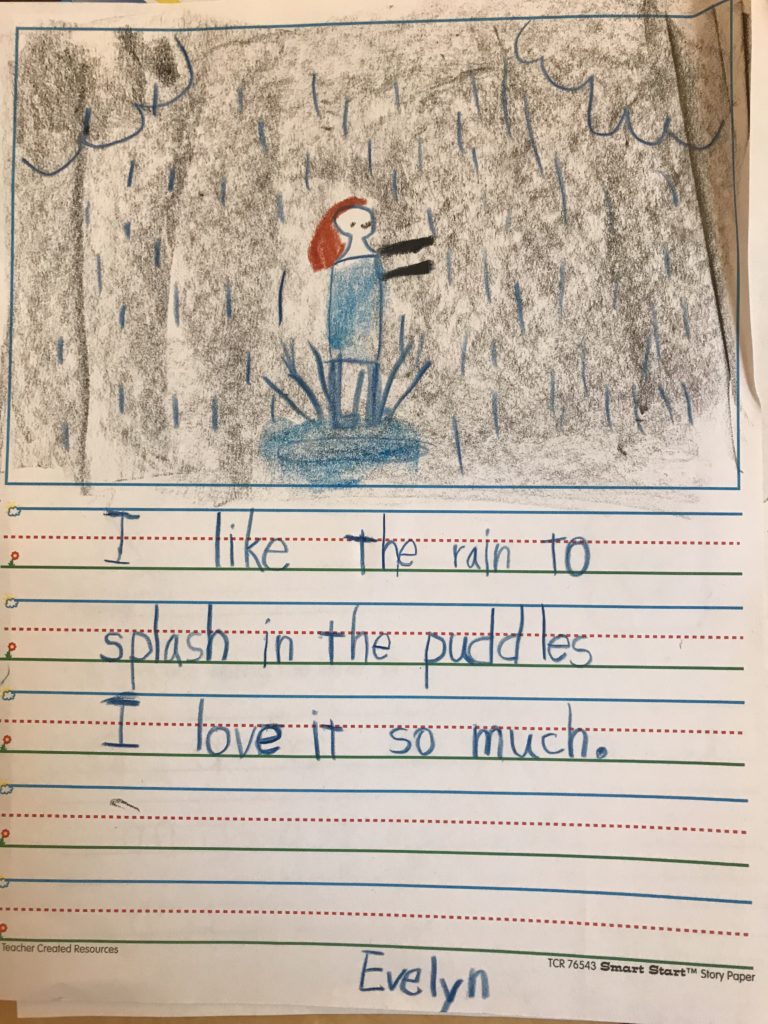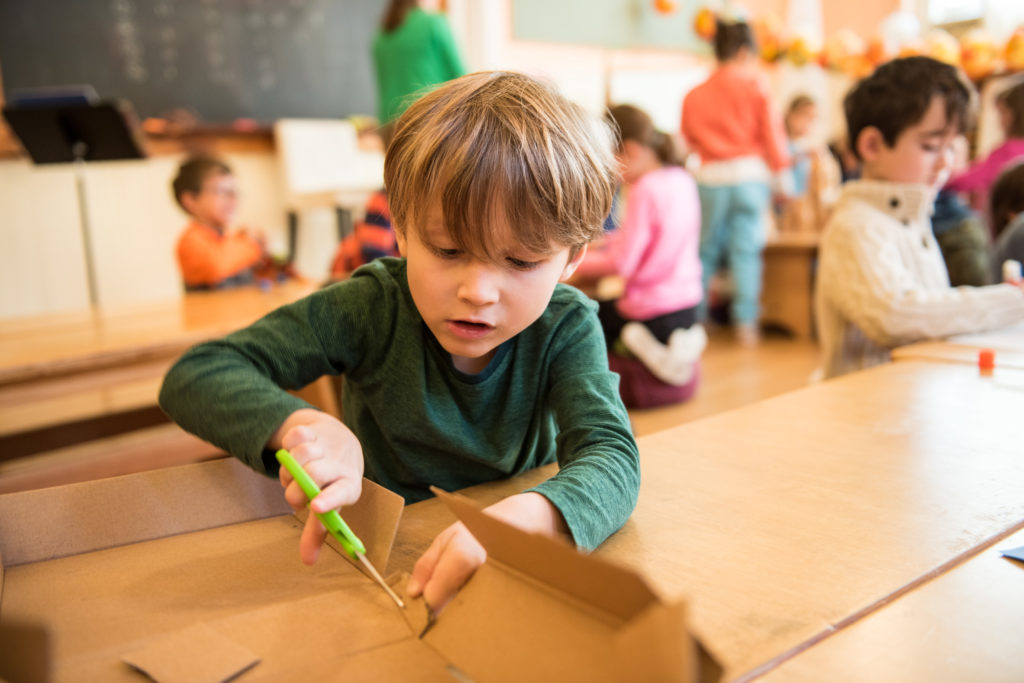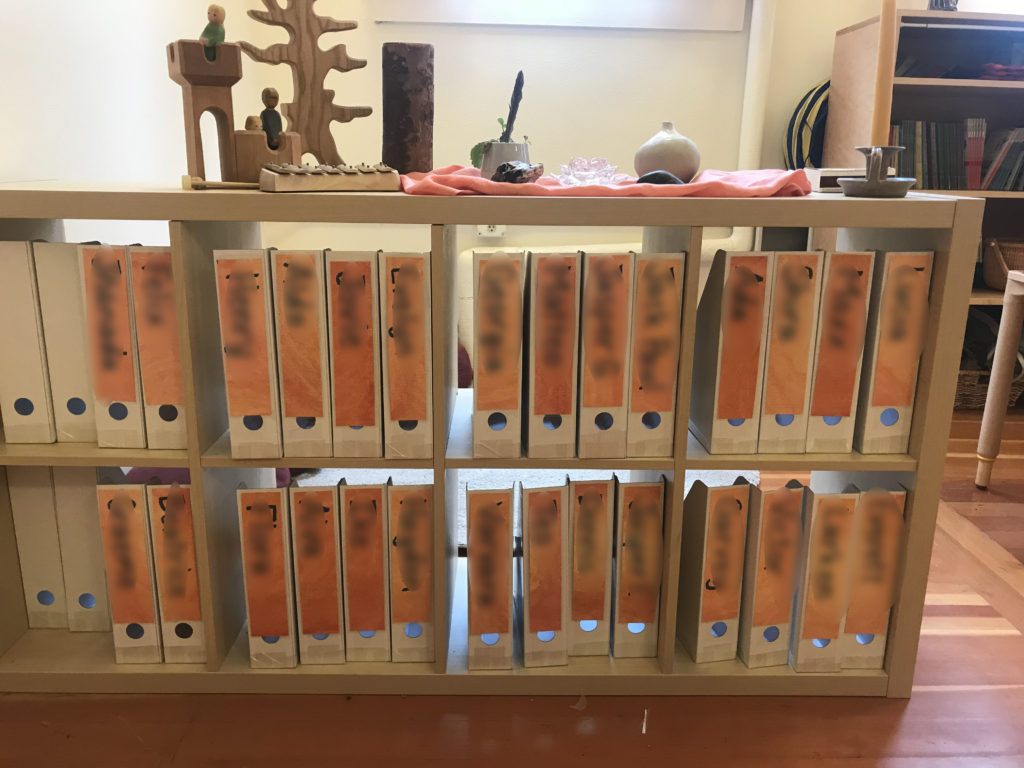This week the item at the top of my summer planning list was to map out my Waldorf 3rd grade language arts plan for the year.
The number one resource for this work, for the past couple of years, anyway, has been Roadmap to Literacy. I’ve written about this book before and it is an absolute godsend for Waldorf teachers who want to be sure that they’re not leaving something out of their language arts planning. I even did a two-part podcast interview with Janet Langley, one of the authors.
Last year, Roadmap brought me two big epiphanies. First, it was the resource I used to plan out a linear, sequential approach to direct phonics instruction. I had never taught students to read before and I was really worried about giving them what they needed. Sitting down and reading with them, and then waiting for the magic to happen, just didn’t inspire me with confidence.
I wanted something more. I wanted to know what I could DO to help make the magic happen. And Roadmap to Literacy gave me that plan.

The other thing that came from Roadmap was one of the most consistent and beneficial things we did last year in 2nd grade — kid writing. I’ve written a fair bit about kid writing in the past, so definitely check out those posts.
I honestly think that this one activity is responsible for most of the gains that my students made last year. And (I’m very happy to say) they all feel comfortable sitting down with a piece of paper and sounding things out. By about halfway through the year, every single student just got right to work. No big meltdowns. No stress about not being able to spell things the “right” way. It was great.

So, with all this in mind, I had no doubt Roadmap to Literacy was going to be the first place I turned to work out my 3rd grade language arts plan. Here are some of my big takeaways.
Build a rhythm.
Okay, this didn’t come from Roadmap, but it is my not-so-secret superpower when it comes to lesson planning. Here’s the thing. If I need to come up with a new language arts lesson every week, starting from scratch every time, I’m sure to get overwhelmed and discouraged by the time December rolls around.
So, as I went through the various language arts topics, my first strategy was to figure out how that topic was going to work into my weekly rhythm. Was it going to have its own dedicated skills lesson? If so, what’s the format of that lesson going to be? Is it going to be a part of our every day main lesson work? How?
As I go through the topics below you’ll see what I mean.
The 15 Language Arts Topics
If you don’t already own Roadmap to Literacy, this listing out of the 15 language arts topics, and their recommendations for how to teach them is reason enough to pay the (somewhat hefty) pricetag. Spoiler alert: there’s more to it than just reading and writing.
I won’t go into detail about all 15 of those topics, but here’s a quick look at a few of them, and what I’ll be doing to address them with my students.
Reading
Roadmap recommends that you dedicate 2-3 skills classes per week to reading practice. I’ve got it on my schedule twice — 45 minutes each time. Now, it’s a stretch to keep 3rd graders reading independently for 45 minutes, so I put together a rhythm for those reading lessons that incorporates other language arts topics. I’m pretty jazzed about it (#teacherdork).
Symbol Imagery
One of the most important aspects of becoming a fluent reader is the ability to hold the image of a word in your mind. I’ve noticed that many of my dyslexic students, or even those who take a little longer learning to read, really struggle with this skill. I remember a former student who sounded out every word, right through 8th grade, because he couldn’t hold the image of the word in his mind. (Incidentally, he was a remarkable adept reader and regularly lugged around 500 page novels, sounding out every word as he read.)

Though it’s pretty amazing that students can learn to accommodate in the way that my former student did, it definitely isn’t preferable. Most of us read by holding the images of words in our minds, not by sounding them out.
I used to think that this was a skill that you either had or you didn’t. And I didn’t realize that there are activities that I can do with my students to help them strengthen this skill. Here’s what we did last year and what we’ll do, just for fun, at the beginning of every ready class.
- Write a word on the chalkboard (or flashcard or whatever words) but keep it hidden from students (I had a closing chalkboard last year.)
- Tell the class that you are going to open the board and show them the word and they should build a picture of the word in their mind as they look.
- Show the word for 1 second per letter.
- Cover the word and have students write the word (with their magic pencil) in the air or on their desk (NOT with an actual pencil on paper.) Do not let them write until the word has been hidden.
- After giving them a minute to write it, call on a student and have them spell then read the word.
- Begin with short words, gradually working up to longer words, always showing the word for 1 second per letter.
Last year I used this little game to practice our phonics lessons and sight words. I’ve found it to be a good activity with anything you want to practice and it really does help them build that symbol imagery skill.
My plan is to do this at the beginning of every reading class, for just a couple of minutes. Our goal is to be able to do this with 7 letter words by October. At the end of 2nd grade most of my students could do 5 letter words with ease.
Reading Groups
Last year I just dipped my baby toe into reading groups. Instead, I worked really hard at building up the class’ capacity for independence in reading class. This meant that I could get around the room and read with about 5 students during every reading class. (My assistant also read with 3-5 students, so we got through the entire class pretty easily.)

This year I’m considering working with a more traditional reading group approach. Students will read the same book aloud with a handful of their classmates of similar reading skill. Of course, this works for most of the class, but some of them will be reading independently from a selection of books that we work together to curate. Incidentally, this approach, which is what I used with the entire class last year, comes from The Daily 5. I really liked how that approach helped us to have books ready to go so reading class was as productive as possible.
Comprehension
Comprehension is the final component of our 45-minute reading lesson. As students work through their readers, they will answer reading comprehension questions about their reading. Sometimes these questions will be oral — just asked by the adult leading the group. Other times (my goal is to do this pretty regularly) the questions will be in written form.
One thing I like about the Roadmap to Literacy approach to comprehension is that it articulates the difference between fact-based questions and more thought-provoking questions that inspire higher-order thinking. They call these questions HOTS (higher order thinking skills). Though the term is not their invention, I had never encountered it before.
The other thing I’ll mention is that reading class comprehension is just one part of the puzzle. The other comprehension activity we’ll be doing is in our daily main lesson, during the review portion of the lesson. This comprehension is demonstrated orally, so it gives the non-readers a chance to show their comprehension skills. I will undoubtedly add a written component to this kind of comprehension by the end of 3rd grade.
So, there are 3 of those language arts topics, covered in just one lesson! Some quick notes about some of the other topics and how they’ll appear in my 3rd grade lessons.
- Vocabulary — Block-specific vocabulary lists on the chalkboard and incorporated into our writing assignments.
- Spelling — A daily dictation sentence. No more than 5 minutes right after we close our morning circle, as part of our thinking warm-up. This activity will allow us to practice spelling sight words, practice phonics rules and vocabulary. Huge bang for the buck!
- Speech — Tongue-twisters and poems in our daily circle work.
- Composition — During main lesson we’ll write compositions about our main lesson material, just about weekly. No more kid writing! 🙁 Along the way we’ll learn how to write a paragraph.
- Grammar — Incorporated into the block rotation. Every block has some sort of grammar or mechanics content that will be covered — parts of speech, comma rules, etc.
- Handwriting — Daily practice when they arrive in the morning.
There are lots of moving parts when it comes to the language arts curriculum, so it makes a lot of sense to take a close look at each one and come up with a plan for when and how it will be addressed.
How’s your language arts prep coming along? I hope this example was helpful. And if you need a little nudge or have a question, leave a comment or email me at meredith@awaldorfjourney.com.




Leave a Reply